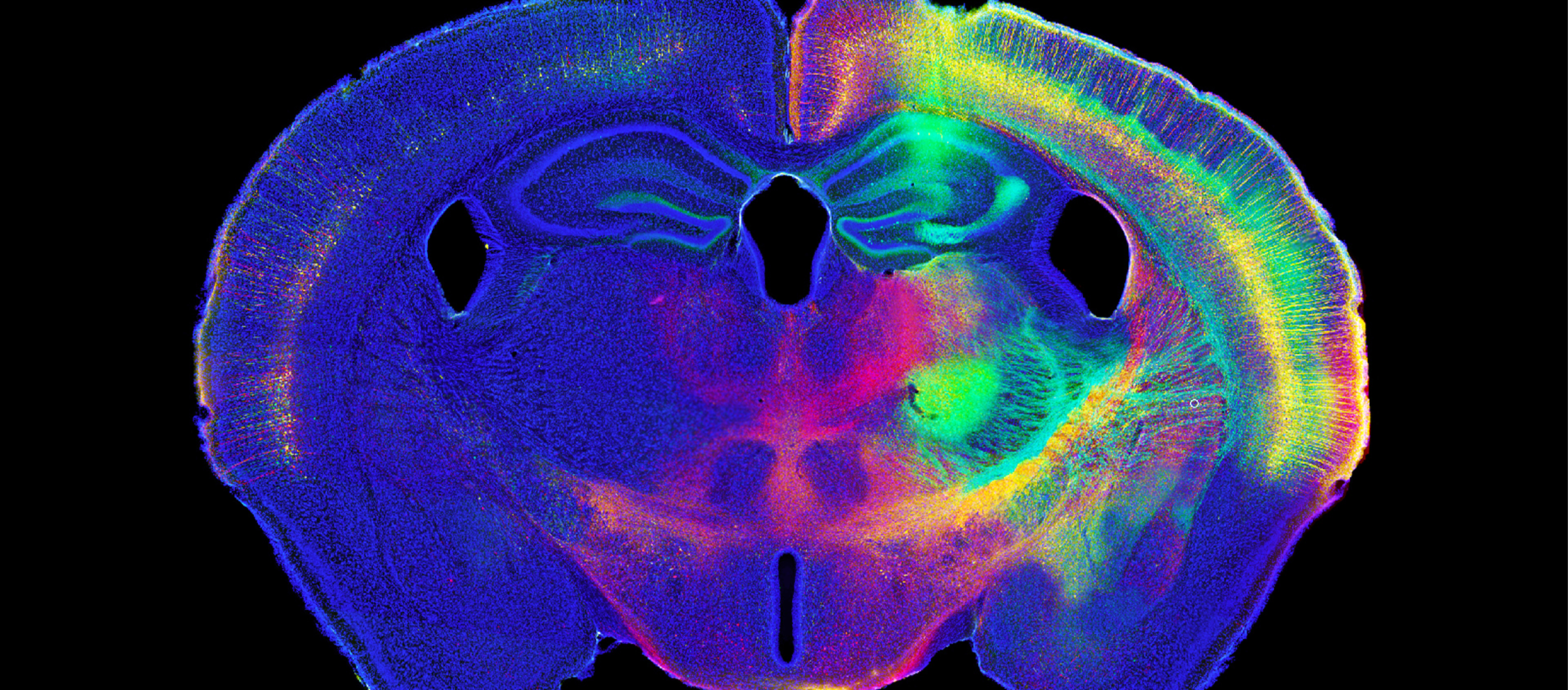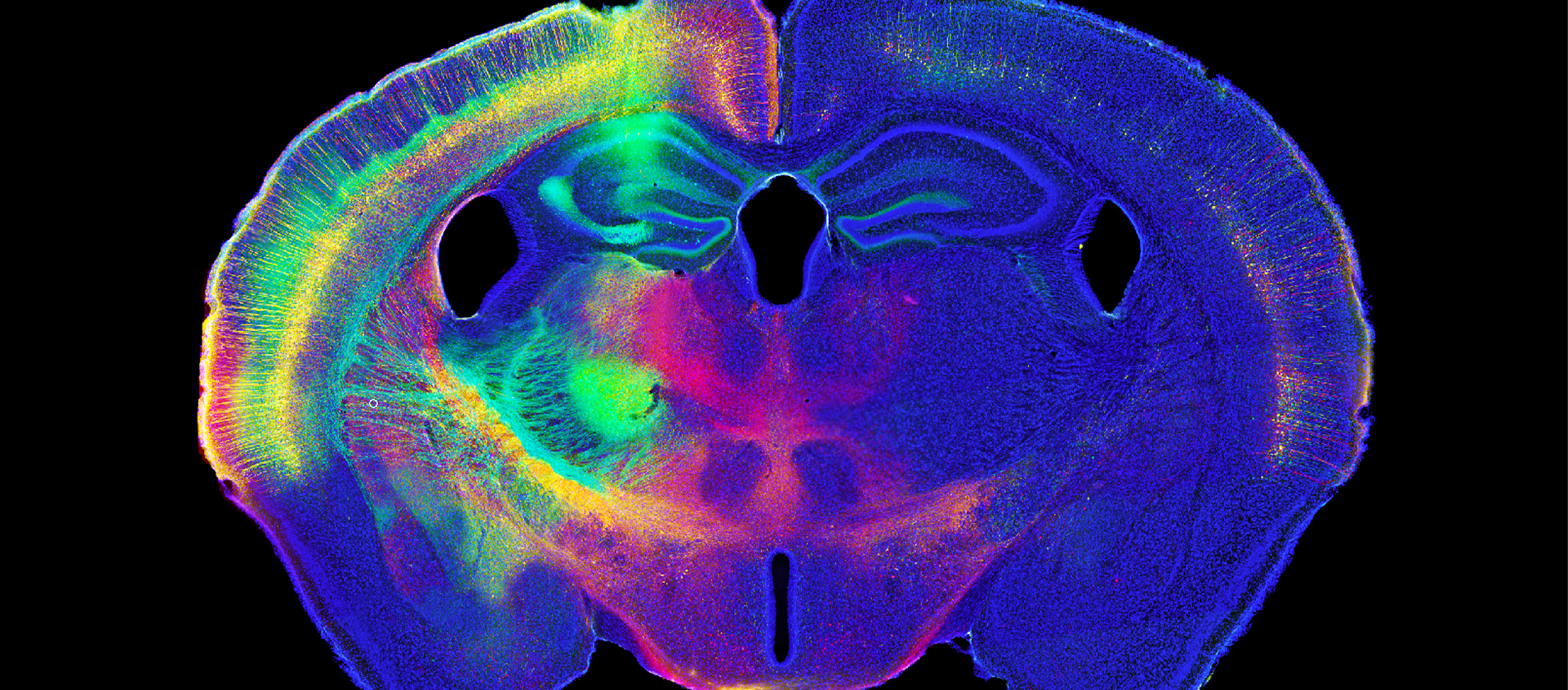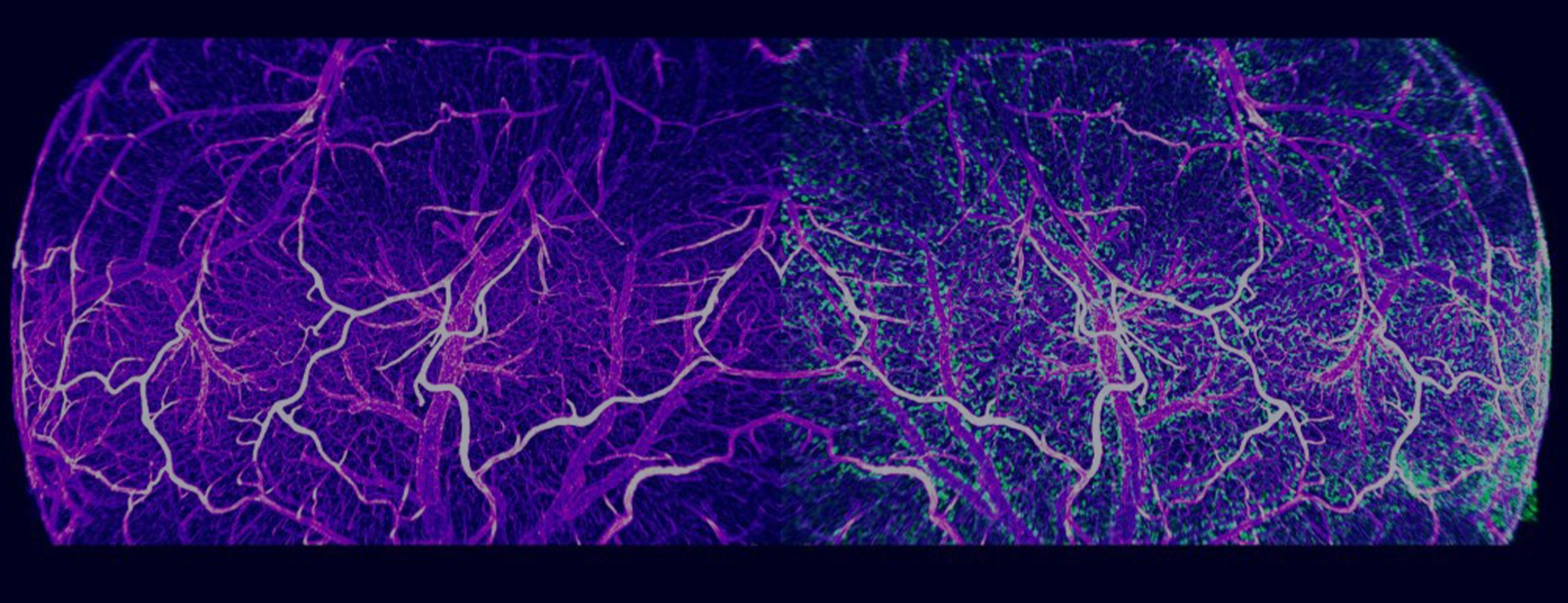Scientists use NeuroInfo to help navigate the brain and compare findings across labs Reproducibility has always been a primary goal in science. But the human effort involved in replicating a research study and analyzing the results, can be considerable. NeuroInfo®is a revolutionary new tool that scientists are using to register whole slide images into a standardized mouse brain atlas in an easy, automated way. Images...
Read More
MBF Bioscience Blog
Dr. Edmund Glaser devoted his career of more than four decades to the field of neuroscience. Most notably, in 1963, he co-invented computer microscopy, a pioneering method of quantifying the brain’s morphometry. This technology, for the first time, applied computer techniques to the neuroanatomical world, permitting scientists to precisely quantify the brain’s three-dimensional structure. It simplified time-consuming, inexact classical methodologies in an efficient and cost-effective...
Read MoreIt is not uncommon for war veterans returning home from war-zones like Iraq and Afghanistan to suffer from blast-induced traumatic brain injuries (TBI). In these situations, the most common types of blasts are lower level blasts, the kind that produce mild TBIs (mTBI). Though the effects of a mTBI aren’t visible from the outside, scientists say the blood vessels inside the brain are deeply altered. In...
Read MoreCombination of new microscopy and expansion tissue preparation methods facilitate better and faster analysis of subcellular neural elements. Today, the journal Science published a paper authored by a research team led by Dr. Ed Boyden of MIT and Nobel Prize recipient Dr. Eric Betzig of Janelia Research Campus. Among the authors are MBF Bioscience Scientific Director Dr. Susan Tappan and Senior Software Engineer Alfredo Rodriguez. In the...
Read MoreFOR IMMEDIATE RELEASE MBF Bioscience Williston, VT – January 9, 2019 – MBF Bioscience is pleased to announce our participation in the Stimulating Peripheral Activity to Relieve Conditions (SPARC) program. Funded by the National Institutes of Health (NIH), this extensive research initiative is a vast collaborative effort, which aims to deepen the understanding of how the peripheral nervous system impacts internal organ function. “We are honored to be working...
Read MoreMBF Bioscience now offers customized models of Huron Digital Pathology’s TissueScope™, a line of whole slide scanners, and supports TissueScope images across its range of analysis software. October 23, 2018 – Huron Digital Pathology and MBF Bioscience are proud to announce their partnership to offer customized models of Huron’s TissueScope whole slide scanners integrated with MBF’s Stereo Investigator®- Whole Slide Edition, NeuroInfo®, Biolucida®, and BrainMaker®...
Read MoreNeurolucida and Neurolucida Explorer Used for 3D Reconstruction and Quantitative Analysis Researchers used Neurolucida to reconstruct a newly discovered type of neuron found only in the human brain, according to a study published in the journal Nature Neuroscience. Known as “rosehip” neurons because of the way they resemble a rose after its petals have fallen off, these cells feature compact, bushy axonal arborizations. Found in the first...
Read MoreWilliston, VT – September 5, 2018 – Researchers studying microvascular networks and vessels have a groundbreaking new software application to facilitate their work. Developed by MBF Bioscience, Vesselucida®360 automatically reconstructs and analyzes microvascular networks in 3D. Specifically designed to recognize the intricacies of the vascular system, Vesselucida features sophisticated algorithms that quickly and accurately create 3D reconstructions of images and tissue specimens. Built-in analyses provide data...
Read MoreFree resource for educators and researchers features thousands of downloadable histology slides Educators and researchers around the world now have free access to a database of whole slide images (also known as virtual slides) for histology and pathology. Featuring thousands of virtual slides contributed by 15 universities, The Virtual Microscopy Database, VMD, (http://www.virtualmicroscopydatabase.org/) is an online resource that allows educators to view and download virtual images...
Read More[caption id="attachment_6839" align="aligncenter" width="632"] Image Courtesy: Bob Jacobs, Ph.D. , Colorado College[/caption] With the release of its new version on November 28, NeuroMorpho.org adds 9,987 new images to its archive, bringing its impressive collection of digitally reconstructed neurons to 80,012. Scientists used MBF Bioscience’s software, Neurolucida and Neurolucida 360, to reconstruct the majority of these cells. In fact, 64 times more neurons were reconstructed with MBF Bioscience...
Read More









